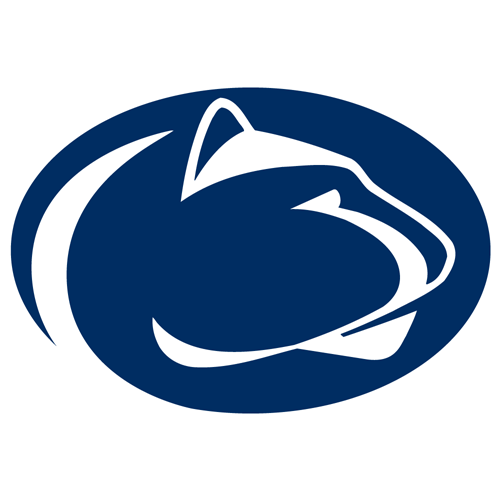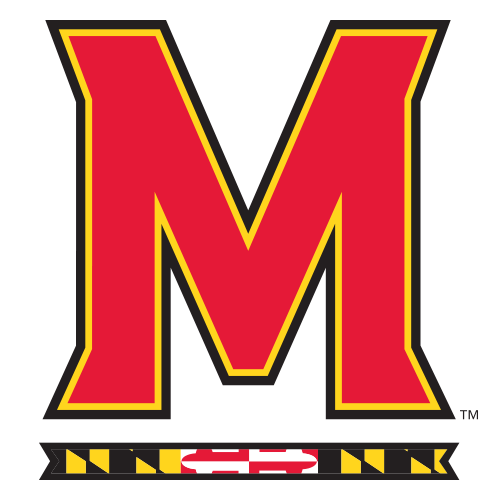
There’s been a book sitting on my desk for the last year or so, serving more of a decorative than literary purpose as is usually the case for me.
However, this week, I decided to thumb through it.
It’s called “Lair Of The Lion: A History of Beaver Stadium” and I swear I have read about half of it. I promise I will someday finish reading it fully too.
I have, however, gleaned that it’s a detailed history from when Penn State’s football team used to play games in the general vicinity of Old Main’s lawn to, well, it includes the word “Nittanyville.”
It made me realize that I don’t know how to feel about Saturday’s game inside the topic of the aforementioned book.
On one hand, it will or should largely be a joyous occasion – assuming that Penn State beats Maryland – for a number of reasons.
There’s an 11-win regular season – the first since 2008 — to potentially celebrate. There’s even a small chance of a trip to Indianapolis lingering out there as well.
On the other hand, the game brings a reckoning of whether or not this will be the last normal game inside Beaver Stadium as we – or at least people my generation – know it.
After Saturday’s game, Beaver Stadium’s future will be different.
Penn State has a real chance at hosting a College Football Playoff game – just mere days away from Christmas. I’d argue no game inside Beaver Stadium will have or had greater stakes than that one should it happen. A game of that magnitude is unprecedented.
After it’s over, the wrecking ball comes for the west side of the stadium. That $700 million dollar renovation has to start sometime.
Next year and the year after will offer a smaller capacity with complicated and convoluted methods for figuring out who does and doesn’t get tickets. With that, there’s a very good chance that you and I will be uprooted from our little slice of Penn State paradise either temporarily or permanently.
Once that renovation is complete by the start of 2027’s season, Beaver Stadium will not look like the Beaver Stadium that has occupied the northeastern end of campus since 1960, or if I’d finish the book, how it’s looked since the early 2000s.
For people of my generation, how Beaver Stadium will look on Saturday is how we’ve known Beaver Stadium. It’s big. It’s vast. It’s kind of ugly and yet still the perfect example for our parents to explain what an erector set was while we played with Legos, then Gameboys and then iPhones.
I recently found a picture – not in the book – that my mom must have taken in the late 90s or even 2000. It was a view of some game we attended being played while the construction of the southern upper deck continued on. It’s a time stamp that if I try my hardest I can just barely remember.
I don’t fully recall the before but I certainly remember the after. It’s in that after that I remember wanting to go to Penn State to going to Penn State to graduating from Penn State to coming back to Penn State.
In all of that time, Beaver Stadium has been a constant in my life and in your life. Yes, since 1960, from the time they sat it down at the corner of Curtin and Porter, Beaver Stadium has – as the book points out – changed. But I’d like to point out that Beaver Stadium also stayed the same.
Bluntly, I don’t like change and Penn Staters don’t like change either. I’m sure for some of you seeing the word “Nittanyville” caused you to wince a bit.
But when I see that name, I think about the sense of community I got from sleeping out in front of Beaver Stadium’s Gate A and how those people in that community became my wife and my closest friends.
By the time I’d put up my tent for the first time, there’d been years of other communities of friends formed just like mine.
We aren’t the only ones either.
Cheerleaders, concession stand workers, Blue Band members and even, yes, the players all have utilized Beaver Stadium despite its changes as a communal gathering point to celebrate a tie that connects us.
Every home football weekend since 1960, you’ve reconnected with people you know, people you love and people you haven’t seen in a while in cow fields to form your sense of community around Beaver Stadium, too.
Inside the stadium, you’ve built new relationships with the people you sit around – or stand if you’re in the student section – sharing the bond of collective complaints on topics ranging from coaching to concessions, unruly away fans and, yes, even unruly home fans.
You’ve taken your children to games where they got to meet the Lion and then watched them become the Lion before they got to introduce their kid to the Lion.
You’ve worn white, blue, white and blue, or about 15 layers like you’ll need this weekend to stay warm as Penn State has won games, lost games, tied games or even went to nine overtimes in one very unfortunately unforgettable game.
In the midst of all of that, Beaver Stadium’s seating capacity went from roughly 45,000 to a new record of 111,030. There have been scoreboard updates, upgrades and additions.
There have been marshmallow tosses by students, pom-poms waved by alumni and snow removed by local convicts.
There was the night Adam Taliaferro stormed out of the tunnel again.
There was the day Penn State walked out of the tunnel in the darkest hours of the university’s history.
There have been celebrations where parts of the stadium have made their way out of the stadium like one in 1990 or where those in the stadium have made their way onto the field like one in 2016. There’s been the call and answer of “We Are” and “Penn State” or the call of players asking for more noise and you happily answering by ripping your vocal chords. There have been deafening ovations like the one when Tamba flipped Troy Smith and deafening silence like when Michigan State stunned in the final moments in 2018.
It’s a blend of all of those that have made Beaver Stadium what it is – not construction crews or renovation plans.
One of the reasons why I decided to thumb through the book this week is because I’ve felt anxious about the future of my Saturdays inside Beaver Stadium. It will look different. The price of entry will more than likely continue to rise. There are going to be more elements for the fan with deeper pockets than the average one for sure, and in my fandom fears, I worry it could take over the future of college athletics.
Plus, there’s the immediate purgatory of still not knowing what’s going to happen over the next two years with my seats. I’m sure – especially if you sit in or around the west side of the stadium – you’ve felt the same too.
In the book, it details the “Big Lift” where in the 1970s, they pushed the stadium back and up before sliding new seats into the lower bowl. I’m sure that must have been jarring for anyone who saw that change – which yes in the grand scheme was not that long ago and might be some of you. I’m sure the addition of the northern deck in the late 80s and early 90s was jarring.
What happens after Saturday’s game – or maybe one in December – will be just as jarring too.
But as I looked at the history of those changes, I found what I was looking for.
Even if there are going to be updates and upgrades, and even if I’m apprehensive about them, it helped me realize that while things will look different, they’re not going to be different.
Saturday will be the last normal game inside this version of Beaver Stadium but what’s truly made Beaver Stadium what it is will remain the same.
 vs
vs 
Time: 3:30 p.m.
TV: BTN
Announcers: Jeff Levering, Jake Butt, Brooke Fletcher
Radio: Penn State Sports Network
Announcers: Steve Jones, Jack Ham, Brian Tripp
If you’ve enjoyed this content, please subscribe to Stuff Somers Says With Steve on YouTube. Or join our newsletter by entering your email below.
